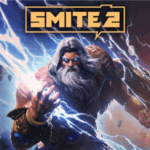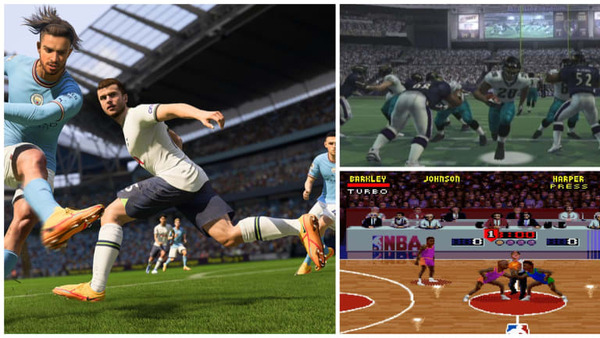Garena Free Fire: Kalahari is a battle royale game mode within the globally popular mobile shooter Free Fire. Built around the intense, high-stakes action of the original game, the Kalahari map sets players in a desolate desert filled with unique vertical terrains, unpredictable cover, and deadly ambush zones.
Since its introduction, Kalahari has become a fan-favorite battlefield thanks to its immersive map design, fast-paced gameplay, and strategic depth. This environment isn't just about surviving enemies—it's about mastering the land.
In this article, we’ll explore the origin and design of the Kalahari map, core gameplay mechanics, strategic layers, weapons, competitive play, and the key features that make Kalahari stand apart within the Free Fire universe.
1. The Introduction of Kalahari
Kalahari was officially introduced in early 2020 as a permanent map in Free Fire’s battle royale rotation. Its arid, rocky environment offered a drastic contrast to the tropical Bermuda and modern Purgatory maps.
The developers at Garena designed Kalahari to focus more on vertical combat and strategic high-ground control, placing players in tension-filled encounters across cliffs, wrecked ships, and bunkers.
The map was not just visually distinct—it brought a new tempo to Free Fire matches, forcing players to adapt their movement, engagement range, and ambush tactics.
2. Unique Terrain and Visual Identity
Kalahari is inspired by real-world desert landscapes and features expansive sandy plains, dusty gorges, and towering rock formations. Its environments include abandoned military outposts, a submerged submarine base, and ancient ruins.
Visually, the bright yellows, oranges, and browns contrast dramatically with the darker tones of Purgatory or the greenery of Bermuda. Sunlight and sand create visibility challenges, adding a survivalist layer to the game.
The terrain offers limited natural cover, making positioning and awareness far more crucial than in other maps.
3. Core Gameplay on Kalahari
A match in Kalahari begins with up to 50 players parachuting onto the map, scavenging for weapons, armor, and healing supplies. The play zone shrinks rapidly, encouraging quick engagements.
Combat in Kalahari often occurs at long or mid-range due to open spaces and high vantage points. Sniper rifles and marksman weapons dominate, and stealth is less viable due to scarce foliage.
Matches on Kalahari tend to be fast, brutal, and rewarding for players who position themselves smartly.
4. Strategic Hotspots and Drop Zones
Kalahari includes several high-risk, high-reward areas where players frequently land:
-
Command Post: A large complex with multiple buildings, making it ideal for intense early fights.
-
Submarine Yard: Features vertical combat and enclosed rooms, great for looting but dangerous to navigate.
-
Refinery: Offers powerful high-ground positions with sightlines across the map.
Understanding the loot potential and danger of each area is key to surviving early-game chaos.
5. Weapons and Equipment Synergy
Because of the long-distance engagements in Kalahari, sniper rifles like the M82B and DMRs like the SKS are extremely effective. The map also favors equipment such as:
-
Gloo Walls: Essential for cover in open desert areas.
-
Smoke Grenades: Useful for escaping or confusing enemies when visibility is high.
-
Launch Pads and Zip Lines: Enable fast travel across the rugged terrain.
Players need to tailor their loadouts and tactics based on the unique demands of the environment.
6. High Ground and Vertical Combat
One of Kalahari’s defining traits is its verticality. Elevated areas give enormous advantages in vision, cover, and bullet drop. Sniping from cliffs and mountains becomes a central part of many matches.
However, these locations are high-risk, drawing attention and often becoming final circle zones. Knowing when to hold a ridge or relocate is a major part of high-level strategy.
Jumping into Kalahari without understanding elevation control can be a fatal mistake.
7. Competitive Play and Ranked Matches
Kalahari is fully integrated into Free Fire’s ranked matchmaking, meaning players will often be tested in this environment during their climb to Heroic or Grandmaster tiers.
Competitive players use this map to practice sniper accuracy, zone control, and map awareness under intense pressure. Many tournaments and scrims incorporate Kalahari in rotations due to its unique strategic opportunities.
Professional squads often have designated snipers or support players built specifically for Kalahari's layout.
8. Updates, Balancing, and Community Feedback
Over time, Garena has adjusted Kalahari’s loot rates, zip line locations, and elevation balancing in response to player feedback. Some areas that were initially too powerful have been nerfed to improve fairness.
Community feedback also led to the temporary removal and later reintroduction of the map in certain regions, showing that Garena actively listens and adapts.
These updates keep Kalahari dynamic and fresh for returning players.


































